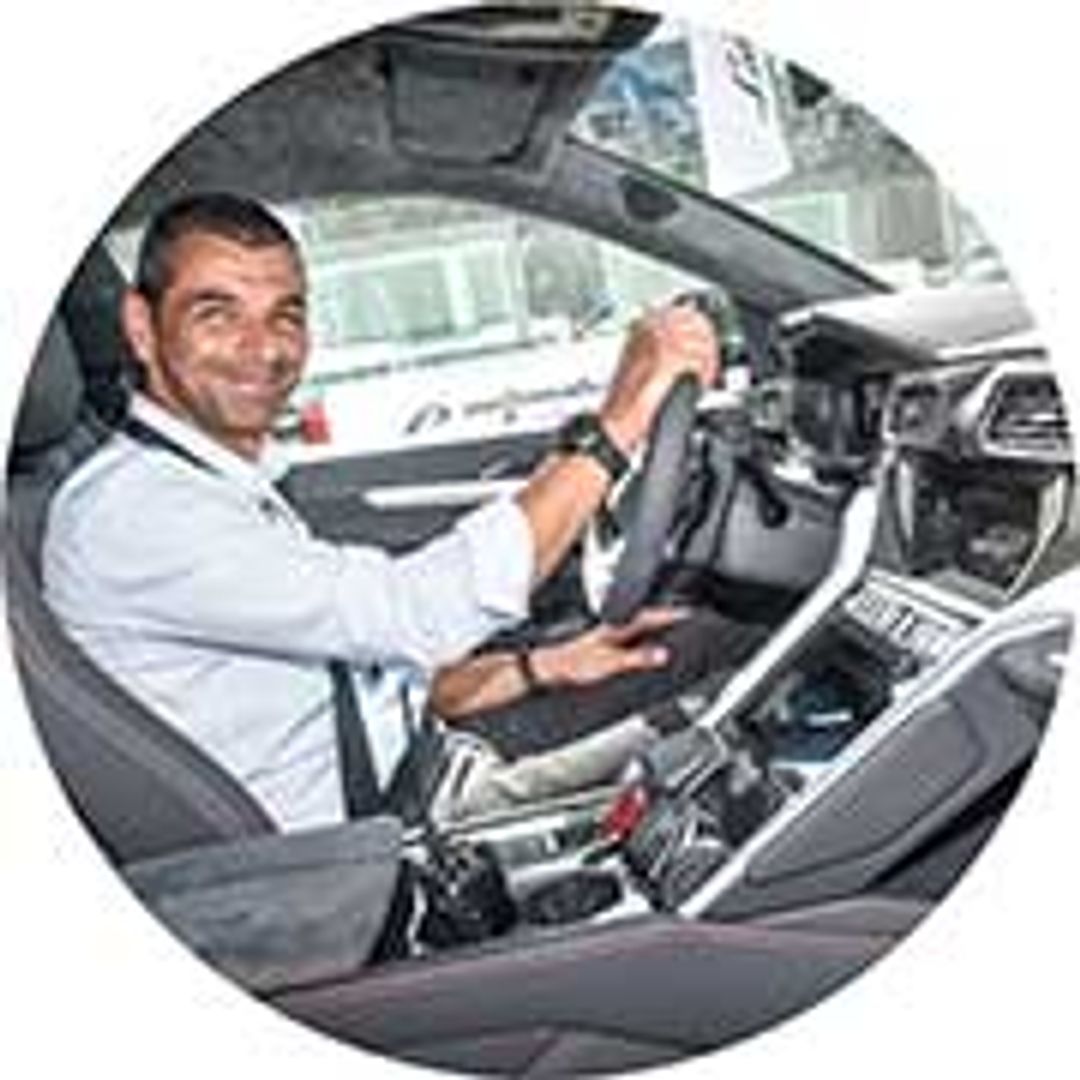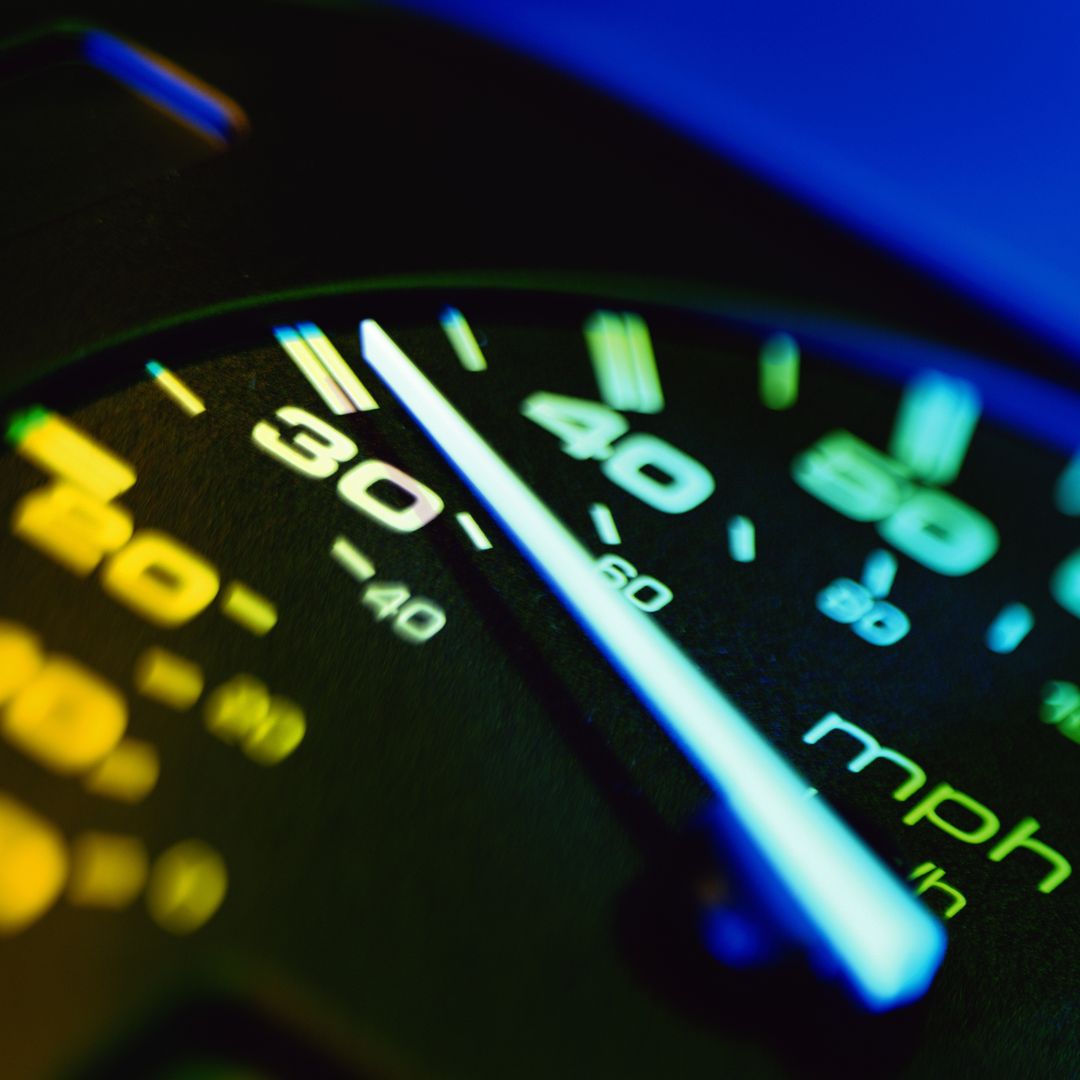Alongside style, space and economy, safety is one of the essentials when choosing a family car. The good news is that vehicles are safer than ever thanks to a combination of cutting-edge technology, in-depth research and improved structural designs.
New cars are thoroughly tested by Euro NCAP (European New Car Assessment Programme) - an independent organisation which performs a range of crash tests.
Each vehicle is given a star rating (the maximum is five), with a percentage score for each of the four areas, including adult and child occupant protection.
Such are the advances in automotive safety, it's rare for new cars not to get a maximum score, while percentages tend to range from 70-95%.
Broadly speaking, there are two types of safety features - passive and active.
Passive safety features protect you in case of an accident. Examples include seat belts, airbags, shatterproof glass, and crumple zones, which absorb collision energy to keep passengers safe.
Active safety features, such as automated emergency braking (AEB), anti-lock braking systems (ABS) and blind-spot alert, try to avoid accidents and are more technological in nature.
Ultimately, driver error is the primary cause of all road collisions, but passive and active vehicle safety systems will help to keep you and your family safe on the roads. Here are just some of the many automotive safety innovations...
Seat belts
It's estimated that more than a million people globally have survived car accidents thanks to the three-point seatbelt invented by Volvo in 1959
Airbags
These inflatable cushions designed to minimise injuries to drivers and their passengers started being fitted to new cars from the 1990s and are now standard equipment in almost all new cars
ESC (Electronic Stability Control)
Fitted as standard on all new cars since 2014, this crash avoidance technology helps prevent a vehicle from skidding when turning a corner, braking sharply or making a sudden manoeuvre.
Lane Departure Warning / Blind Spot Detection
Lane departure and lane-keep assist warning systems help you avoid crashes due to you unintentionally leaving your lane. Blind-spot detection is especially useful on dual carriageways and motorways because it will alert you if a vehicle is sitting in your blind spot. Advanced blind spot detection actively stops you from steering into another lane if there’s a chance you’ll hit a vehicle you can’t see.
Adaptive Cruise Control
An advanced version of cruise control, ACC can also sustain a set speed, but additionally it can adjust this speed based on traffic movement using radar and cameras.
Autonomous Emergency Braking
AEB works via vehicle sensors which scour the road ahead for obstacles and warn of an approaching hazards with dashboard lights and an alarm, before operating the brakes if you don’t react.
Child and baby seats
UK law states that in any car, van or goods vehicle, children must use a child seat from birth until they are 12 years old or 135cm tall, whichever comes first. Find out how to choose a child car seat, baby seat or booster at RoSPA (Royal Society for the Prevention of Accidents)
Driver Monitoring Systems
These assess alertness via small infrared driver-facing cameras mounted above the steering wheel and at the top of the windscreen. If there are physical signs of distraction or drowsiness (movement of the eyes, eyelids or neck), visual and audible alerts are set off. And if no action is taken, some systems will even apply the brakes.
TPMS (Tyre Pressure Monitoring System)
Compulsory in Europe since 2014, TPMS constantly monitors the pressures in the tyres and warn the driver if these fall below a certain threshold.
ABS (Anti-Lock Braking System)
Compulsory for all production cars in the UK since 2004, this essential innovation helps a driver brake as quickly as possible while maintaining control of the vehicle by helping to prevent the wheels from locking and the inevitable skidding.
Rear Cross Traffic Alert
Reversing out of a driveway or side road into traffic is a dangerous manoeuvre. Rear-cross traffic alert uses radar sensors on the left and right side of the rear bumper to warn you with an audible and flashing alert when there is a risk of collision with a vehicle approaching from either side. Some systems will also actively brake your car to prevent a collision on your behalf.
Speed Limiter / Road Sign Recognition
A speed limiter - or Intelligent Speed Assistance (ISA) - prevents a vehicle from exceeding certain pre-set speed limits. Road sign recognition also helps prevent speeding. It uses a forward-facing video camera mounted behind the rear-view mirror to monitor oncoming traffic signs and displays them in the driver's instrument binnacle, the sat nav in the centre touchscreen, or the head-up display, if fitted.
Night vision aids
EXPLAINED: The ultimate guide to car tax - from exemptions to how to pay
Using a thermal image camera, typically integrated into the grille, this system is fitted to some cars and looks for 'warm' objects as far as 200 metres ahead which would otherwise be hidden from view in the dark, such as cyclists, pedestrians and animals.


















